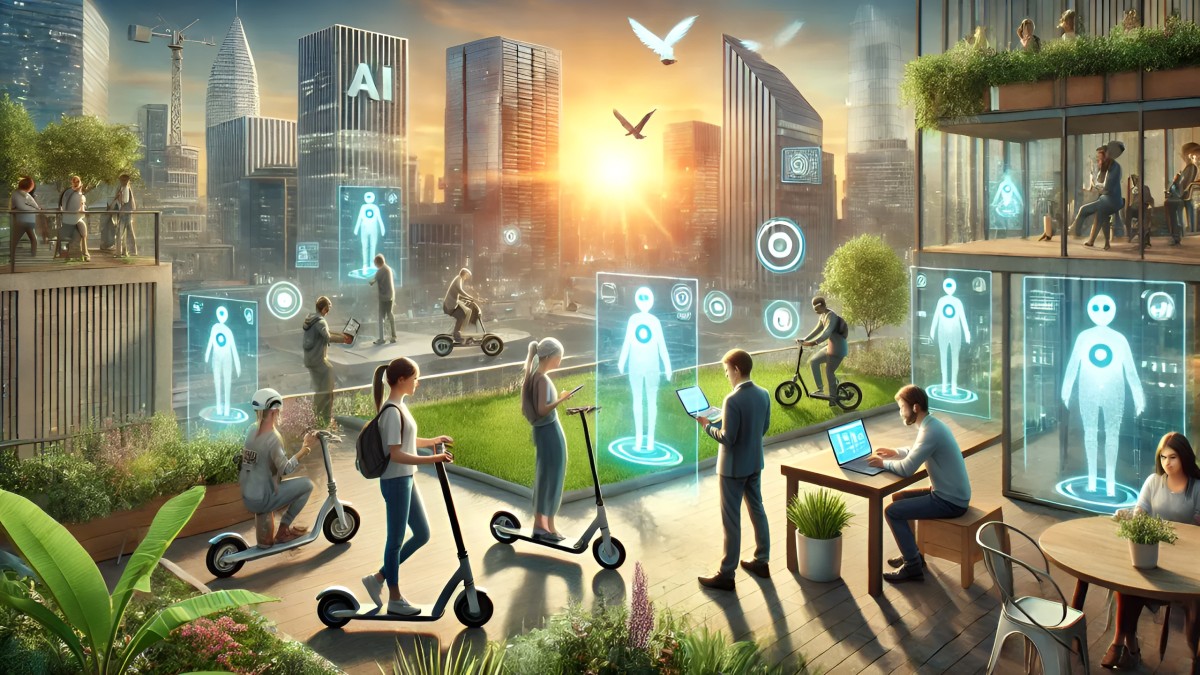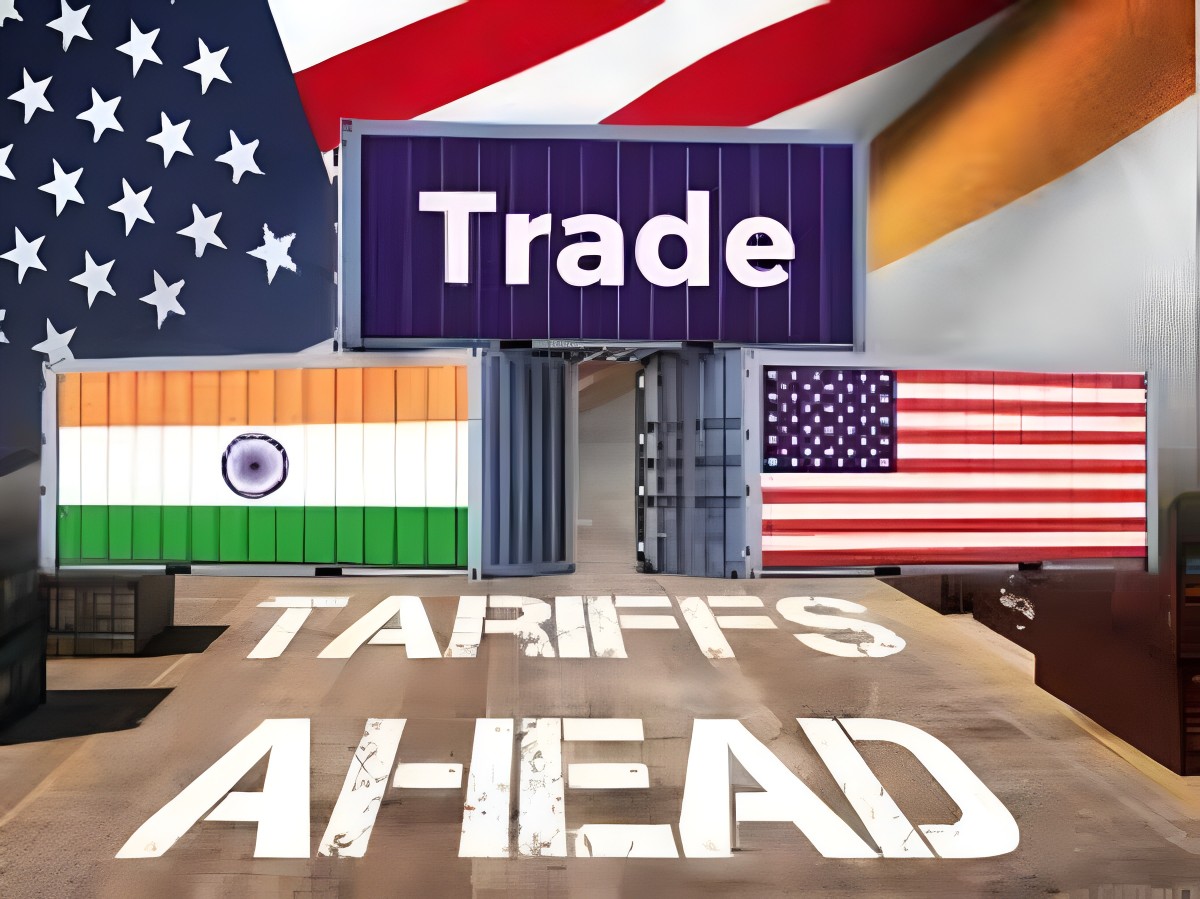Introduction
India is stepping up efforts to position itself as a global media & entertainment (M&E) powerhouse. The central pillars in this drive are the Ministry of Information & Broadcasting (MIB) and the Telecom Regulatory Authority of India (TRAI), which are working together to craft a coherent policy and regulatory framework aimed at boosting content creation, easing regulation, increasing investment, and exporting Indian creativity to the world.
This push comes at a time when digital content consumption, OTT platforms, animation, VFX, gaming, and immersive technologies are growing rapidly. India has the advantage of a rich talent pool, relatively lower production costs, increasing internet reach, and growing global interest in diverse content. But to fully take off, supportive policies, incentives, and regulatory reforms are needed.
Also Read:Cloudburst in Dehradun: What It Reveals About Rising Climate Risks
What’s Being Proposed: Key Elements of the New Policy Push
Here are the main proposals and ideas in the National Broadcasting Policy‑2024 (NBP) as recommended by TRAI, along with what the government is doing to support them:
| Area | Proposed Measures / Policy Ideas | Key Objectives |
|---|---|---|
| Infrastructure & Regulatory Easements | • Grant the broadcasting sector “infrastructure status” to attract investment. • Single‑window clearance for broadcast sector approvals. • SEZs (Special Economic Zones) dedicated to content creation hubs. • Use existing broadband & telecom infrastructure to expand TV/radio footprint to rural / remote areas. | Reduce barriers to entry, lower costs, enable faster set‑ups; widen content creation capacity; improve reach and inclusion. |
| Content & Quality Production | • Encourage production of Indian content in multiple languages and regional stories, for both domestic consumption and export. • Support for animation, VFX, gaming, comics, XR sectors (AVGC‑XR) with dedicated policy push. • Ensure IP rights, combat piracy, better copyright protection. • Build credible audience measurement systems for TV, radio, and OTT. | Raise content standards, incentivize creativity, ensure fairness, attract global partners, ensure that content is monetizable. |
| Mission & Vision, Timeframes | • A long‑term roadmap for 10 years, with special focus on next 5 years. • India to become a “Global Content Hub” and “Uplinking Hub” for TV channels. • Promote technology adoption, indigenous manufacturing, R&D. • Generate employment, skill development, startup promotion. | Strategic planning; capture global markets; reduce dependency on foreign tech & import; build domestic capacity; job and economic growth. |
| Ease of Doing Business & Incentives | • Simplify licensing and regulatory approvals, digitise them. • Offer incentives in SEZs, possibly tax breaks, favourable FSI (Floor Space Index) etc. (e.g. Maharashtra’s AVGC‑XR policy has FSI benefits) • Public‑private partnerships (PPPs), startup incubation, plug‑and‑play labs. (The Economic Time | Attract both domestic & foreign investment; lower cost & risk for new entrants; enable innovation & scale. |
Recent Supporting Moves / Local Examples
- In Maharashtra, a Hi‑Tech Media Park for AVGC‑XR has been approved with ~₹3,268 crore outlay, aiming to attract ₹50,000 crore in private investment and create about 200,000 high‑tech jobs over coming years. Multiple AVGC‑XR parks being planned in cities like Nagpur, Mumbai, Pune etc.
- Ministry of Information & Broadcasting has also taken steps like setting up portals for licensing live events, digital music rights registry, which simplify certain processes for creators and platforms.
Global What Problems / Criticisms Have Surfaced
While many welcome the policy push, there are concerns and criticisms from parts of industry. Key issues include:
- Over‑Regulation & Content Control
Some stakeholders think the policy overreaches—especially in how content (including OTT platforms) might be regulated. There are fears about restrictions on creative freedom and free speech. - Ambiguity in Some Proposals
Some industry players say that while the policy outlines many goals, it lacks clarity on implementation details, timelines, and how monitoring / enforcement will happen. Also, some broadcasting‑specific concerns (licensing delays, interconnection issues, taxation, price controls) are not fully addressed. - Overlap of Jurisdiction / Regulatory Roles
Who regulates what: TRAI, MIB, Ministry of Electronics & IT, etc. For example, whether OTT services should be under broadcasting regulations or remain under digital media rules is contested. - IP & Piracy Enforcement
Although strong IP protection is proposed, piracy remains a big challenge; enforcement, legal infrastructure, and speedy adjudication need up‑gradation.
Why This Matters: Potential Impacts & Opportunities
- Economic Growth & Employment: A thriving content‑creation ecosystem can contribute significantly to GDP, attract FDI, and create jobs across creative, technical, and support sectors.
- Export & Soft Power: Indian films, music, regional content, and culture can reach global audiences (streaming, dubbing/subtitles, co‑productions), enhancing India’s cultural influence abroad.
- Technology & Innovation: Animation, VFX, XR, AR/VR, gaming, immersive media etc. are growing globally. India can become a global supplier, not just a consumer.
- Inclusive Growth: With regional content, rural / small city broadcasting, expanding reach, more creators from non‑metro areas can participate.
- Better Infrastructure & Ecosystem: SEZs, single‑window permissions, improved licensing, better IP / anti‑piracy regimes—all help reduce friction and costs.
What Needs to Happen to Make It Work
To realize this vision, implementation will be key. Some action points:
- Clear Implementation Timelines: For each initiative (SEZs, uplinking hub status, measurement systems, etc.), deadlines and responsible agencies should be defined.
- Transparency & Stakeholder Engagement: Involving creators, streaming platforms, technology firms, regional content producers in drafting fine‑print will help avoid conflicts.
- Balance Regulation with Creative Freedom: Ensure regulation is limited to necessary oversight (e.g. piracy, IP protection, consumer protection) and avoid overly prescriptive content censorship.
- Infrastructure Investment & Skill Development: Training institutes, labs, studios, R&D centers, post‑production facilities, supporting tech infrastructure (bandwidth, connectivity).
- FTAs / Bilateral Deals for Co‑Productions: Encourage international studios & creators to partner with Indian ones; use treaties, incentives.
- Robust Legal & IP Enforcement Mechanisms: Fast‑track tribunals, better regulation of digital piracy, collaborative enforcement among ministries.
Conclusion
India is actively pushing forward policies to establish itself as a global leader in media and entertainment. Through the National Broadcasting Policy 2024, TRAI and the government aim to drive structural reforms—not just incremental growth. They seek to simplify regulations, upgrade infrastructure, enhance global competitiveness, and harness India’s creative and technological strengths.
However, the success of this initiative depends on how effectively the government implements these proposals, addresses industry concerns, and builds a regulatory framework that encourages innovation instead of restricting it. If executed well, India can position itself as one of the world’s top production hubs, a leading exporter of diverse content, and a key player in next-generation media technologies.
Also Read : Nitin Gadkari Major Warning After Operation Sindoor: ‘World War III Could Erupt Anytime











